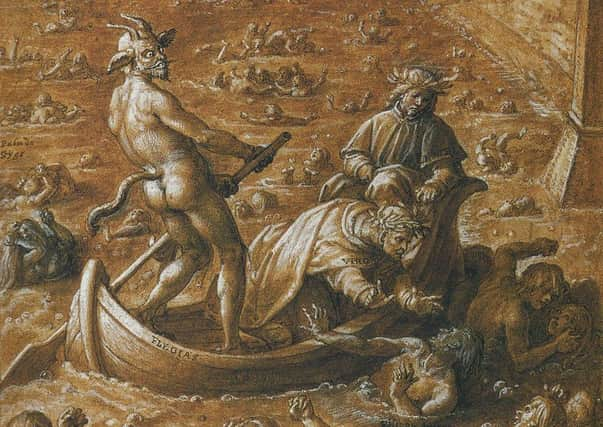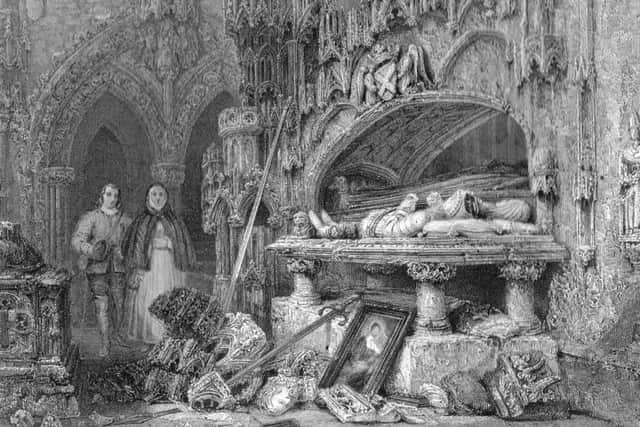Michael Scott: the Scottish Borders Wizard


Michael Scott was not only a scholar, tutor to the Pope but also rumoured to be a wizard. He is the only Scot to be mentioned in Dante’s Inferno - a poem considered to be one of the great classics of Western literature.
In the poem which depicts hell, purgatory and heaven, Scott is featured in the Eighth Circle of Hell amongst other sorcerers and false prophets enduring horrific tortures.
Advertisement
Hide AdAdvertisement
Hide AdDespite being often mythologised, Scott was a real person. He is believed to have been born in Fife, or the Borders, in 1175.


He studied mathematics, philosophy and theology at Oxford University and then Paris.
Through travelling around Europe, Scott built up a knowledge of many languages and became a skilled translator.
He went on to translate many Arabic books including Aristotle’s texts on natural sciences into Latin.
He began to dress in Arab clothes and develop a passion for Arabic and Eastern literature which is thought to be where his reputation as a wizard derived from.


At the time, there was a widespread fear of the East and xenophobia was rife.
As well as mathematics and medicine, Scott had a deep interest in the occult, alchemy, astrology and sorcery. His reputation for prophecy led to him being headhunted by Frederick II, the Holy Roman emperor, to be his astrologer. During his time in Frederick’s court, he predicted the outcome of a war with the Lombard League, a northern Italian alliance, in his astronomical observations.
Advertisement
Hide AdAdvertisement
Hide AdScott’s abilities enabled him to foresee his own death, which he believed would be caused by a small pebble falling on his head. As a precaution, he wore an iron cap at all times.
However, according to Border legends, he took off his hat when taking mass in Melrose and, as predicted, a small pebble fell on his head causing him to become ill before he died in 1235.
The tales associated with Scott have become more colourful with time. His most famous acts of wizardry include using his magic staff to change the course of the River Tweed and splitting the Eildon Hills into the three peaks that can be seen today above to town of Melrose, as detailed by Sir Walter Scott. He wrote that Michael “cleft the Eildon hills in three and bridled the river Tweed with a curb of stone”.
Writing several hundred years later, Walter Scott also said that Michael Scott was buried with his books of magic near a cross in Melrose Abbey although it’s unknown whether he even died in Scotland.
